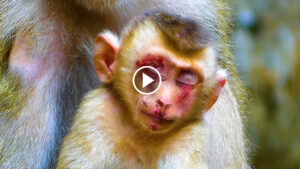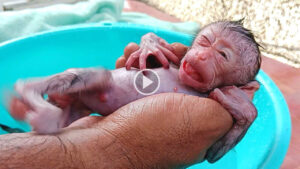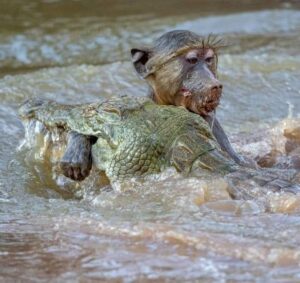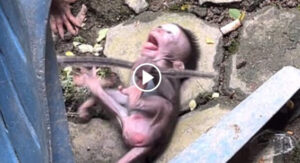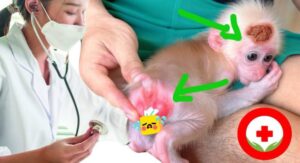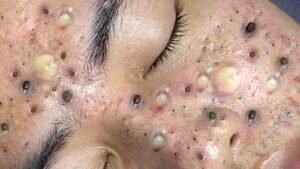The terms you’ve mentioned describe various skin conditions and the processes used to address or remove them. Here’s a breakdown:
### 1. **Blackheads**
– **What they are**: Blackheads are a type of acne lesion that form when pores are clogged with oil, dead skin cells, and debris. They appear as small, dark or black spots on the skin, typically on the face, especially around the nose, forehead, and chin (also known as the “T-zone”).
– **Why they turn black**: The dark color comes from oxidation—when the clogged material in the pore is exposed to air, it darkens.
– **Extraction**: Blackhead extraction is the process of manually or mechanically removing the debris clogging the pores. This can be done with tools like comedone extractors or through professional facials.
### 2. **Big Cystic Acne**
– **What it is**: Cystic acne is a severe form of acne characterized by large, painful, deep cysts that form beneath the skin. These are typically inflamed and can cause significant swelling and redness.
– **Causes**: Cystic acne develops when a hair follicle becomes severely clogged with excess oil, bacteria, and dead skin cells. This leads to inflammation and infection deep within the skin.
– **Treatment**: Treating cystic acne often requires prescription medications like oral antibiotics, retinoids, or other acne treatments. Draining or extracting cysts can sometimes be done by a dermatologist if the cyst is particularly large or painful.
### 3. **Blackhead Extraction**
– **What it involves**: This refers to the process of manually extracting blackheads from the skin. This can be done at home using specialized blackhead removal tools or at a dermatologist’s office during a facial or acne treatment session.
– **How it’s done**: The skin is usually first softened with steam or gentle exfoliation to loosen the clog. Using a comedone extractor, gentle pressure is applied around the blackhead to expel the blockage.
– **Risks**: If not done carefully, blackhead extractions can cause skin irritation, scarring, or even infections.
### 4. **Whiteheads**
– **What they are**: Whiteheads are similar to blackheads, but the pore remains closed over the clog, trapping the debris inside. They appear as small, flesh-colored or white bumps on the skin.
– **Causes**: Whiteheads form when pores become clogged with excess oil, dead skin cells, and bacteria, but unlike blackheads, the pore does not open to the surface, which leads to a white appearance.
– **Removal**: Whitehead removal can be done through extractions, though it is recommended to have this performed by a professional to avoid damaging the skin.
### 5. **Pimple Popping**
– **What it is**: Pimple popping refers to the act of manually squeezing or pressing on a pimple to release the pus or fluid inside.
– **Why people do it**: Many people attempt to pop pimples for cosmetic reasons, trying to clear the blemish quickly. It’s often seen in pop culture as a satisfying or cathartic activity.
– **Risks**: While it may seem tempting, pimple popping can lead to several skin issues. Squeezing a pimple can push bacteria deeper into the skin, causing more inflammation, scarring, or even cystic acne. Dermatologists typically recommend against popping pimples, particularly those that are inflamed or contain pus.
### Key Considerations for Removal:
– **Hygiene**: Always use clean hands and tools when performing any extraction to minimize the risk of infection or further irritation.
– **Professional Help**: For severe cases (like cystic acne), or if you’re unsure how to deal with blackheads or whiteheads, seeking a dermatologist’s guidance is recommended. They can safely extract or treat the acne without causing scarring.
– **Aftercare**: Proper aftercare (such as applying soothing or acne-fighting products) is crucial to prevent new breakouts or irritation following an extraction.
Though these methods can be effective for managing acne, it’s important to be gentle with your skin and avoid aggressive techniques that could cause long-term damage.
